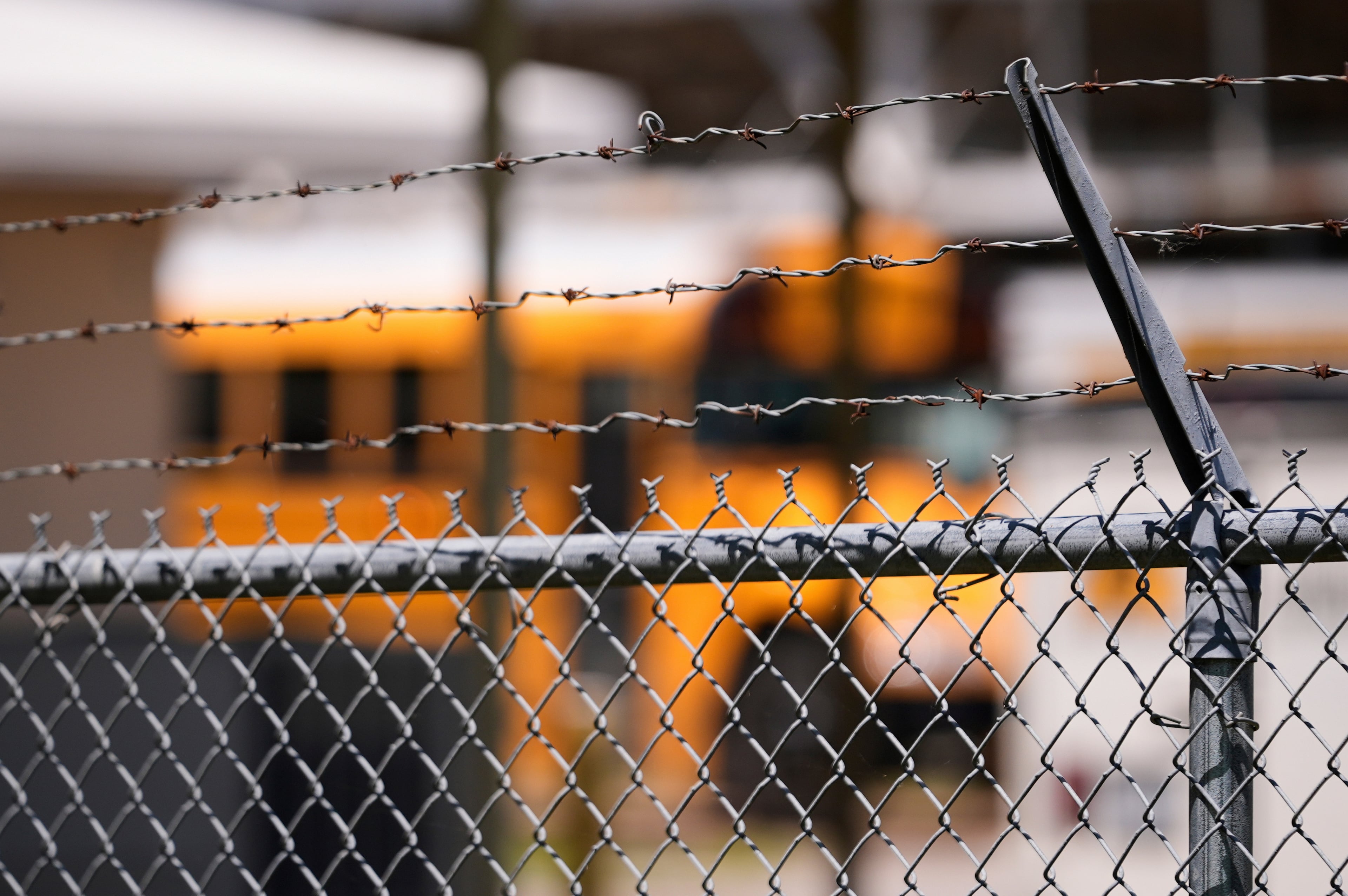Bright spots in Georgia schools show what is possible
The much hoped-for rebound from pandemic learning loss is falling flat. The most recent scores from the Nation’s Report Card show that academic recovery has stalled for most students, especially those from low-income backgrounds. Further, gaps between economically advantaged and disadvantaged students in Georgia are among the worst in the country.
But a new analysis from Education Reform Now offers a reason for hope. In Georgia, dozens of schools in high-poverty communities are disrupting these trends and achieving noteworthy student outcomes. Their success provides a blueprint for other schools, and they dispute the notion that poverty is inextricably linked to poor academic performance.
We studied elementary and middle schools across Georgia with some of the highest concentrations of students from low-income families. These 34 “Spotlight Schools” had proficiency rates of at least 50% in math and/or ELA — compared to fourth grade state averages of 45.5% and 35.2%, respectively.

Here are our top five takeaways from our conversations with their principals:
1. Demography is not destiny
It’s true that, overall, schools with lower poverty rates tend to have higher academic achievement. However, there is still a wide range of outcomes across communities in Georgia. For the schools in the top quartile of student poverty, math proficiency rates ranged from just 1% to as high as 81%. Understanding what sets the highest-performing schools apart could unlock opportunities and transform the lives of thousands of children across the state.
2. Strong school leadership is essential
The Spotlight Schools we identified were highly diverse — representing rural, urban and suburban communities across 29 different districts. Their success sends a clear message: local leadership matters. Each of the principals we interviewed had a clear vision for their schools, set high expectations for their teachers, students and families, and remained committed to doing what is best for students, even when challenging for adults. In short, the principals we interviewed were exceptional and we need more like them. Georgia has an opportunity to invest in this kind of leadership by strengthening preparation programs for aspiring principals and by expanding opportunities for current principals to grow and collaborate.
3. Collaboration fuels better teaching
Great principals are vital, but they are not working alone. The principals we interviewed had collaborative leadership structures, where teachers were empowered to share expertise, express concerns and inform decision-making. Principals also hired instructional coaches and created professional learning communities so their teachers had continuous opportunities for collaboration and growth.
4. Data is the engine of improvement
In every school we studied, principals described using data not just for compliance but as a daily driver of improvement. They use assessments throughout the year to monitor progress, adjust classroom instruction and provide further support to students who are falling behind. They also empower students and families to understand the data, making it a shared tool for growth both at school and at home.
5. Personalized learning closes gaps
Collecting data is just the first step, what matters most is knowing how to use it. Spotlight schools ensure that all students have access to grade-level content, while also carving out time for small-group intervention blocks. They use the data to identify where students are struggling and tailor support through targeted lessons, while also creating opportunities for acceleration for students ready to move ahead.
All of these findings point to a broader truth: We know what works. The strategies used by these high-performing schools are not secrets. They are backed by decades of education research and echoed in examples from other states. What’s missing is the political will and widespread support to bring these strategies to scale.
As we’ve conducted similar research in Colorado, Massachusetts and Texas we’ve called attention to policies needed for further improvement while commending various efforts and investments that these states have made to make their achievements possible. However, bringing this project to my home state of Georgia has been downright disappointing.
Georgia spent a decade resisting the highly successful science-of-reading movement, only recently passing aligned legislation in 2023 and contributing to lagging ELA achievement. Even still, the program has lacked sufficient resources to meaningfully improve student outcomes, providing only a handful of literacy coaches for the entire state up until the most recent legislative session. Additionally, as dozens of states have invested in high-impact tutoring programs (the most effective intervention for closing gaps and addressing learning loss), Georgia has completely neglected this strategy, and many of the state’s brightest principals have never even heard of it.
It’s time for Georgia to step up and stop allowing political scuffles and complacency to interfere with our responsibility to provide all students with opportunity and high-quality education. These spotlight schools are proving what is possible, but smart, targeted policies can help turn bright spots into the norm.
Rianna Saslow is the deputy director of policy at the National Parents Union. Prior to joining NPU, Saslow was a senior policy analyst at Education Reform Now, where she studied 160 spotlight schools across four states.


